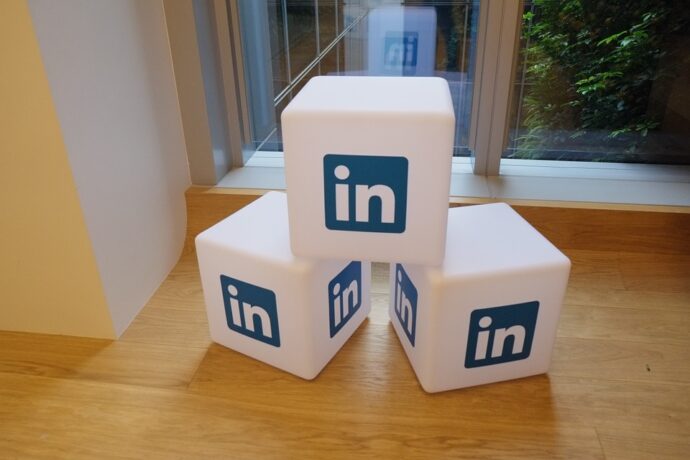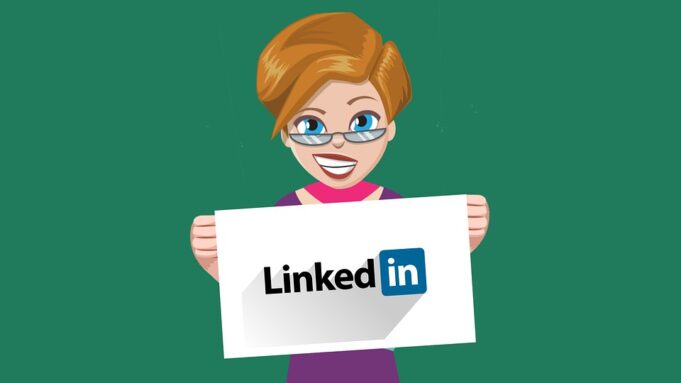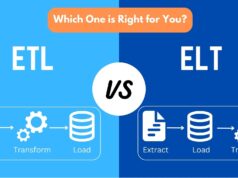LinkedIn is one of many social media websites that help businesses to grow. LinkedIn’s business model is based on its paid subscription service, where member companies gain access to tools and services that allow them to manage their online presence.
As users can create a profile with information about themselves, it allows businesses to gain leads. If those profiles are public, lead generation becomes easier because potential customers will have easier access to what your company has to offer. In this article, we’re going to talk about how you can generate leads on Linkedin by creating a non-paying account as well as a PPC campaign. Before we start, there are some things worth mentioning: LinkedIn already provides a tutorial about how to generate leads on its platform. If you need a one in all solution for managing Linkedin we suggest checking out something like OctopusCRM.
In this article, the term “leads” refers to those profiles that have been contacted by targeting them through your PPC campaign. This is not what people usually mean by “getting leads” (which means contacting prospects via email, phone or other means).
Add connections to your network

This is the first step towards generating leads. The more connections you have, the bigger your network becomes, so being active on LinkedIn will bring you further than just using it to create a profile. To begin with, sign up for an account and start by adding some of your networks (if possible) or follow people that interest you.
The easiest way to find prospects is through searching for groups that are related to your work; once there, read about what they post and try to contribute something useful. After joining several groups, update your status every now and then in order to make people remember who you are (you can also join more groups if needed).
Create a company page

Once logged in, click “Companies” under “Account and Settings” to start creating your company page. You can choose whether or not you want to add positions, if you do it’s a good idea to add the latest ones. At this point, there are two ways in which you can promote your business:
- By using the “Promote Company” feature, which allows you to pay LinkedIn for getting more views on your page (maybe even likes). The number of viewers will vary depending on how many followers (or fans) said the company has; in general, terms, reaching out to people who work in technology-related fields is easier than others because their interests are related to yours. The drawback is that this might end up costing more than what it brings back unless you already have an established company.
- By creating ads relevant to the group you’ve joined, where your page will be shared among its members. This is free if your ad gets published on LinkedIn Pulse (which consists of posts selected by LinkedIn’s editors), but if not it might end up costing you too much money for the benefits received. Therefore, it is recommended that you create a blog or website first in order to attract people to it through social media sites like Facebook, Twitter, and LinkedIn.
Choose your audience

Once you have gathered some followers, contacts are created between them and all other followers after they have been checked for fake profiles or bots. You can now start targeting them with an ad or even more accurately, use custom audiences which let you create a list of leads from people who have been connected to your company’s page on LinkedIn. This is an effective way to get new leads and convert them into customers, so you should always use this feature regardless of whether you’ve created a website or not.
One last tip: if you want to find even more leads, try going through your contacts’ connections and see which ones also have a LinkedIn account – especially prominent business figures might be interested in what you offer; they can act as referrals for when turning “cold” contacts into legitimate prospects.
Build out your lead list

The company page you’ve created is good for inviting people to connect with you, but there are other ways of getting leads. For example, LinkedIn allows users to send messages (and attach files) to up to 30 contacts at the same time – making this an excellent tool when it comes to encouraging people who aren’t very active on the website.
Just like any other social media platform, this one also has its limitations; if your efforts don’t yield any results then perhaps you need to get more attention on Linkedin or even a higher profile within the group in question. It takes some time before you get used to reaching out to leads and turning them into customers, so most importantly have patience and keep trying new things until something works.
Follow your current clients and prospects to keep in touch with them

When customers are happy, they will surely recommend your company to others. Therefore, you should always follow up on sales leads and reminders which you receive in order to boost their activity; this can be done using the “Connected Apps” feature under “Account and Settings”. You can also send messages through LinkedIn’s website or mobile app by following this process:
- Click “Messages” in the top bar of your profile.
- Create a new message by clicking “Add People” next to the Compose Message button.
- Enter one or more email addresses (separated by commas); if any of them is already connected with you then he/she will appear in the contact list below.
- Click “Add File” or attach any other file you want to send before sending the message – this will trigger an email notification, so your contacts can read it on their own time.
Send ads to your leads

LinkedIn offers users the option of creating paid advertisements for a fee that varies depending on their chosen criteria (e.g., country, job title, industry, and monthly unique views). Thus, make use of this feature when sharing posts with potential customers; in order to keep track of them all you should take advantage of custom audiences that show leads who have connected with your company before; these are tagged with an orange circle containing your profile picture.
Conclusion
One last tip: if you want to find even more leads, try going through your contacts’ connections and see which ones also have a LinkedIn account – especially prominent business figures might be interested in what you offer; they can act as referrals for when turning “cold” contacts into legitimate prospects.















